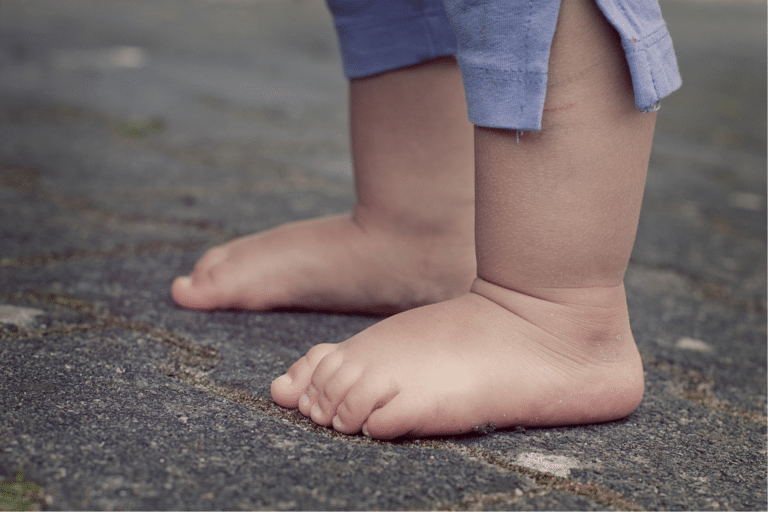Babies and young children are prone to getting coughs, colds and viruses, especially in the winter months or when they begin to mix with other children. Colds are not particularly nice to experience but they are usually managed well at home with rest and keeping hydrated. Common symptoms include: a runny nose, a cough, sneezes and generally feeling unwell.
Other symptoms of colds and viruses in babies can include noisy breathing (wheezing), reduced feeds, reduced nappy output, irritability and vomiting after feeding.
Other baby illnesses that need medical attention are:
Bronchiolitis
Bronchiolitis is an inflammation of the airways in the lungs and can cause a harsh noise when breathing in (stridor) and a wheeze when breathing out.
Croup
Croup is an inflammation of the voicebox and can cause a very loud, distinctive “barking” cough.
Whooping Cough
Whooping cough is a bacterial infection of the lungs, which produces a cough that sounds like a “whoop”.
If you suspect your child may have any of these illnesses, contact your medical professionals for assistance.
How to treat common baby illnesses
Home treatments which may help alleviate the symptoms includes keeping baby hydrated (breastfeeding is perfect for this, alternatively offering a sippy cup if baby is already weaned onto solids or offering water rich foods such as cucumber or ice lollies if other methods are unsuccessful); use saline drops for a blocked nose; administer an age appropriate dose of paracetamol for fever; and keep baby upright where possible to keep the lungs open.
You may find that baby may want to breastfeed more for their comfort – this is completely normal and should be allowed where possible. Avoiding exposing baby to any form of smoke is also important.
What symptoms are an emergency in a baby?
*If baby has a fever over 38 ºC, does not produce a wet nappy within 12 hours, takes half of their usual feeds or has very fast breathing, seek swift medical attention – via 111 or the GP if the UK.
*If at any point you feel baby appears to be struggling to breathe, if they are floppy or difficult to wake, pale or slightly blue in colour (or you can check the gums and nail bed in babies with darker skin tones), we would urge that you call for immediate medical assistance – via 999 in the UK.
Does it look like your baby has trouble breathing?
These are all very serious signs and would require emergency medical attention. If you see any of these signs, call the emergency services immediately.
Flaring nostrils isn’t really something that babies do unless they are struggling to breathe.
Other signs that show a baby is working harder to obtain oxygen include making a grunting noise, breathing really fast, sucking in their chest underneath the ribcage and bobbing their head. In situations where the baby is really fighting to breathe, you may see ‘seesaw’ breathing, where the baby’s tummy will expand, followed by their ribs, in a continual cycle. In this scenario, it is likely that the baby may have a blue tone to their skin – in babies of a darker skin tone, it may be noticeable in their nail beds or inside their mouth. They may also be drowsy or have long pauses between their breaths.
These are all very serious signs and would require emergency medical attention. If you see any of these signs, call the emergency services immediately.











